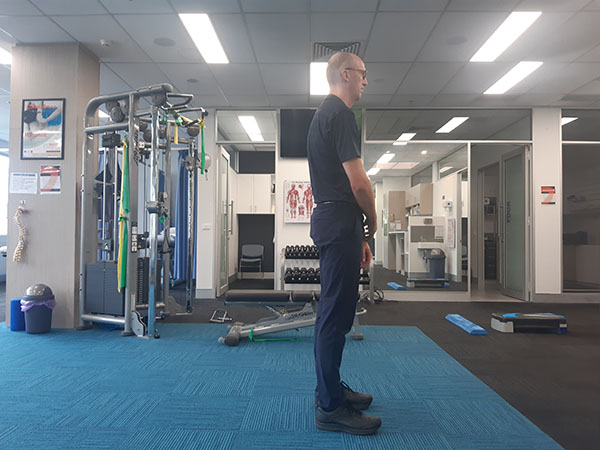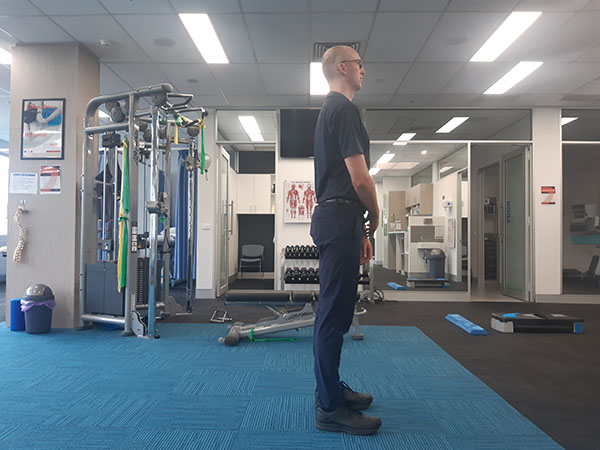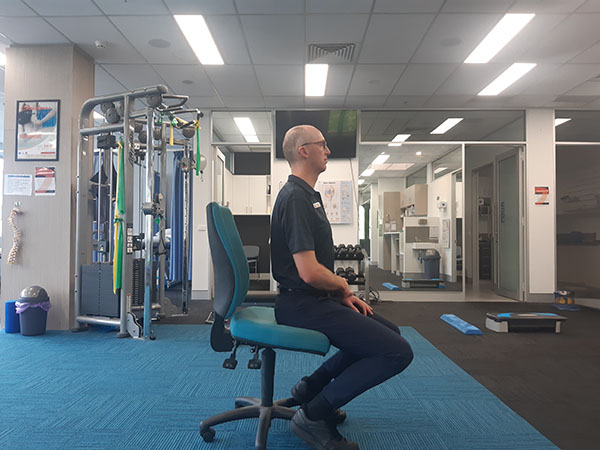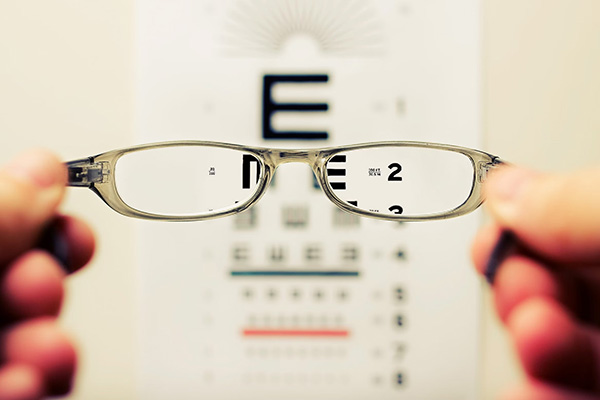Top 5 Posture Tips for Preventing Headaches – How Physio Can Help
Keen to know that top 5 posture tips for preventing headaches? To be clear, we are referring to the type of headaches that physiotherapists deal with – cervicogenic headaches. If you are not sure whether you are suffering from cervicogenic headaches, have a read of this article . Otherwise, consult with your GP or physiotherapist.
We are mainly going to look at posture and various simple tips to help improve your posture.
What does posture have to do with headaches?
Think of posture as any sustained position and learning the these posture tips for preventing headaches will be a great start. We have a standing posture, sitting posture, sleeping posture, reading posture, driving posture and so on. Since cervicogenic headaches are largely caused by irritation to 3 uppermost joints in the neck, poor postures can put sustained strain on these joints and the surrounding musculature. Consequently it can set off your headache.
Often people do not realise which position is irritating them because with cervicogenic headaches there can sometimes be a 24-48 hour delay between the irritating position and onset of the headache. As a result, it is sometimes hard to correlate what position or task is causing you problems.
The common positions we see are:
- Poked neck – chin pushed forward and head out in front of the torso
- Sustained neck flexion – looking down or neck bent forward for a long time.
- Sustained neck extension – looking up or neck arching backwards for a long time.
- Prolonged heavy carrying – weights on the shoulders like a heavy backpack, poorly fitting bra, walking long distances carrying shopping bags, etc.
What happens if I can’t avoid those postures
If you’re a rock climber then you may spend significant amounts of time looking up. A problem if you get a headache from sustained neck extension. You can’t avoid that posture all together so we then need to train you body to be able to cope. In this case it means working on the mobility of the joints in the lower neck and upper thoracic spine. This way the movement can occur more evenly rather than only through the upper cervical spine joints. Then long term improving the strength of neck and shoulder musculature.
Tip 1: Correct Cues – Posture Tips for Preventing Headaches
I often talk to clients about what they think is “good posture” and they show me a position uncomfortable or unsustainable. The best example is someone who is slouching but still trying to hold your shoulders back. Try it!
Your spine is in the wrong position so your shoulders will just keep flopping forwards. In this case the cue is “be tall” rather than “shoulders back”. If you are as tall as you can comfortably be your shoulders will usually sit relaxed in the correct position and you won’t need to hold them back hard. This goes for sitting and standing.
The other cue we often see taught is “tuck your chin in or hold it back”. Again, really hard to do if your spine is in the wrong position. Conveniently the “be tall” cue solves this as well. If you think of yourself as a marionette puppet being lifted up by the top of your head the your chin will naturally be in the right spot just like your shoulders.
Poor posture (not being tall)
Good posture (standing elongated and tall)
Tip 2: Workstation – Posture Tips for Preventing Headaches
Following on from Tip 1, to help yourself stay tall you need to set up your workstation correctly. We used to set the top of the computer at eye level because most computer users needed to scan between the keys and the monitor. However, you will naturally shrink down to level with the computer. So in order to “be tall” put the middle of the monitor at eye level. Then get really good at touch typing. I recently had this discussion with a computer programmer who had the monitor low. He confessed to having a completely blank keyboard. Far better typing skills than myself!
Also, make sure you are sitting in your best posture when you assess the monitor height – see Tip 3.
Tip 3: Sitting Position – Posture Tips for Preventing Headaches
When I teach sitting position in the clinic I start with sitting on the edge of the chair. By sitting right back in the chair, even with the lumbar support at it’s maximum, your pelvis will start to slide in and under. This causes your spine to loose it’s “be tall” posture and then the shoulders go forwards and chin pokes out.
However, by sitting on the edge of the chair with your feet under you your knees will be lower than your hips. It will be easier to tilt your pelvis gently forwards. With your pelvis gently tilted forwards you will be able to relax more in the “be tall” posture. Very similar to position to those old kneeling chairs that seem to have gone out of fashion.
Once you get tired in this position then maybe it is time to have a stand (assuming you have a sit stand desk). Or, go for a walk. Slouching is ok for a rest, but we want it to be the third position of choice not the first.
Curved spine from pelvis tilted in and under
Elongated spine, staying tall and keeping pelvis in neutral
You’ll notice I haven’t said said knees and hips at 90 degrees. You see it all over the internet. I’m not sure how it became a thing but the body doesn’t fit nice 90 degree angles like that. It looks good on paper but real life is less than comfortable.
Tip 4: Glasses – Posture Tips for Preventing Headaches
If you don’t wear glasses you may skip this bit. If you need glasses but don’t have them then maybe it is time to get your eyes checked. It can also affect your headaches.
Those of you that have glasses be aware that glasses have focal points. If you are using multi-focal lenses then you will naturally be looking up slightly to look at a monitor. The part of the lense that adjusts the light for things that are close is at the lower part of the glasses. Hence the having to tilt your head back slightly.
For this reason, I usually recommend wearing reading/work glasses for any long periods of work where seeing a distance is not a priority.
Tip 5: Pillow – Posture Tips for Preventing Headaches
Sleep position is still a posture of sorts. As tricky as it is to train your sleep position it is possible. The 2 recommended postures are side sleeping or sleeping on your back. Unfortunately if you are a tummy sleeper you are twisting your neck all night. It won’t cause any long term damage or problems but you might notice a stiff, sore neck in the mornings which can result in headaches.
Side sleepers
You need a pillow that is the same width as your shoulder. We measure different height pillows for different body sizes. Pillows with a contoured shape also help better support the neck. The pillows we recommend are also quite firm. It is a bit like a couch. A soft one feels great at first but after a few hours your back is killing and you wich you chose the firm couch.
Symptoms of the wrong height pillow are waking up sore, putting your arm and hand under the pillow to try to make it taller, or rotating your body to try to decrease your shoulder height.
Back sleepers
You only need a very thin pillow that will take up the distance from the back of your head to the mattress. Usually the main issue we see with back sleeping is a pillow too thick that pushes the head forwards all night, causing you to wake with a sore neck and or headache.
Be aware that the pillow is only as effective as the mattress that it is placed on. A very old mattress that is starting to feel a more like a hammock than a bed won’t keep your spine in a position that allows the correct pillow to do its job.
Useful References:
https://www.physio-pedia.com/Posture
https://www.physio-pedia.com/Headache
https://www.who.int/en/news-room/fact-sheets/detail/headache-disorders






